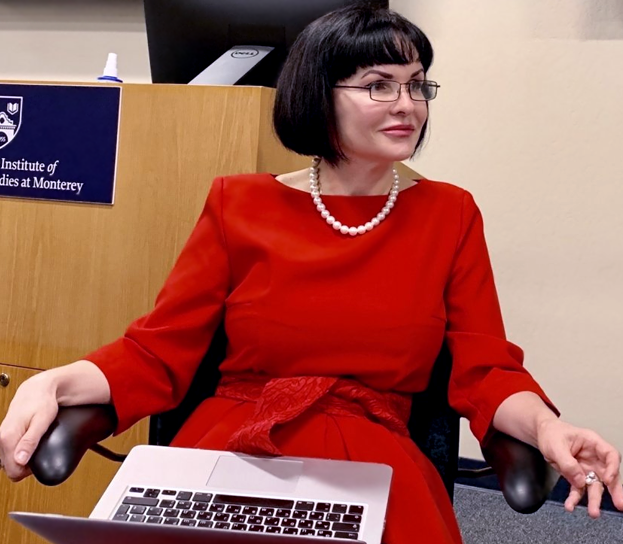MIR hosts visiting MGIMO professor Dr. Oxana Gaman-Golutvina

Essentially, three factors have led to the development of the modern political system in Russia: the relative youth of the Russian “super-ethnos”; Russia’s northerly geographical position, consequently resulting in a low agricultural yield and the forced relocation and enslavement of peasant workers; and hostile relationships with surrounding countries, with the most notable being over two centuries of Tatar-Mongolian occupation. The combined force of these conditions led to the state-centered, or “mobilization,” model of development, wherein the needs of the state take precedence over the needs of its subjects, and economic conditions are shaped in a top-down fashion by the state. Dr. Gaman-Golutvina contrasted this model of development with the “innovation” model, exemplified by countries like the United States, wherein economic conditions at a societal level dictate the political system in a bottom-up fashion.
Russia’s need to constantly mobilize to defend itself from hostile forces combined with the scarcity of accessible resources led to the development of a state-centric system of government, with the result being that the elites of Russia have historically come from its political class. In order to reward the officials that took up demanding government posts, the empire largely compensated them in the form of land and, accordingly, the serfs tied to that land. This created a landed class of elites yet had a negative impact on Russia in the long-term. In modern Russia, the elites still come from a concentrated core of people with little potential for others to enter that group — this is quite unlike the situation in a country like the United States, where elites from various groups have the ability to “horizontally” cross over into a different group of elites (e.g. business to politics, politics to business, show-business to politics, etc.).
Its historical condition, therefore, continues to play a great role in Russia’s political system. Through this prism, Dr. Gaman-Golutvina was able to answer students’ questions about current political events in Russia and draw comparisons with various political systems the world over.
For More Information
Visit the Monterey Initiative in Russian Studies (MIR).
